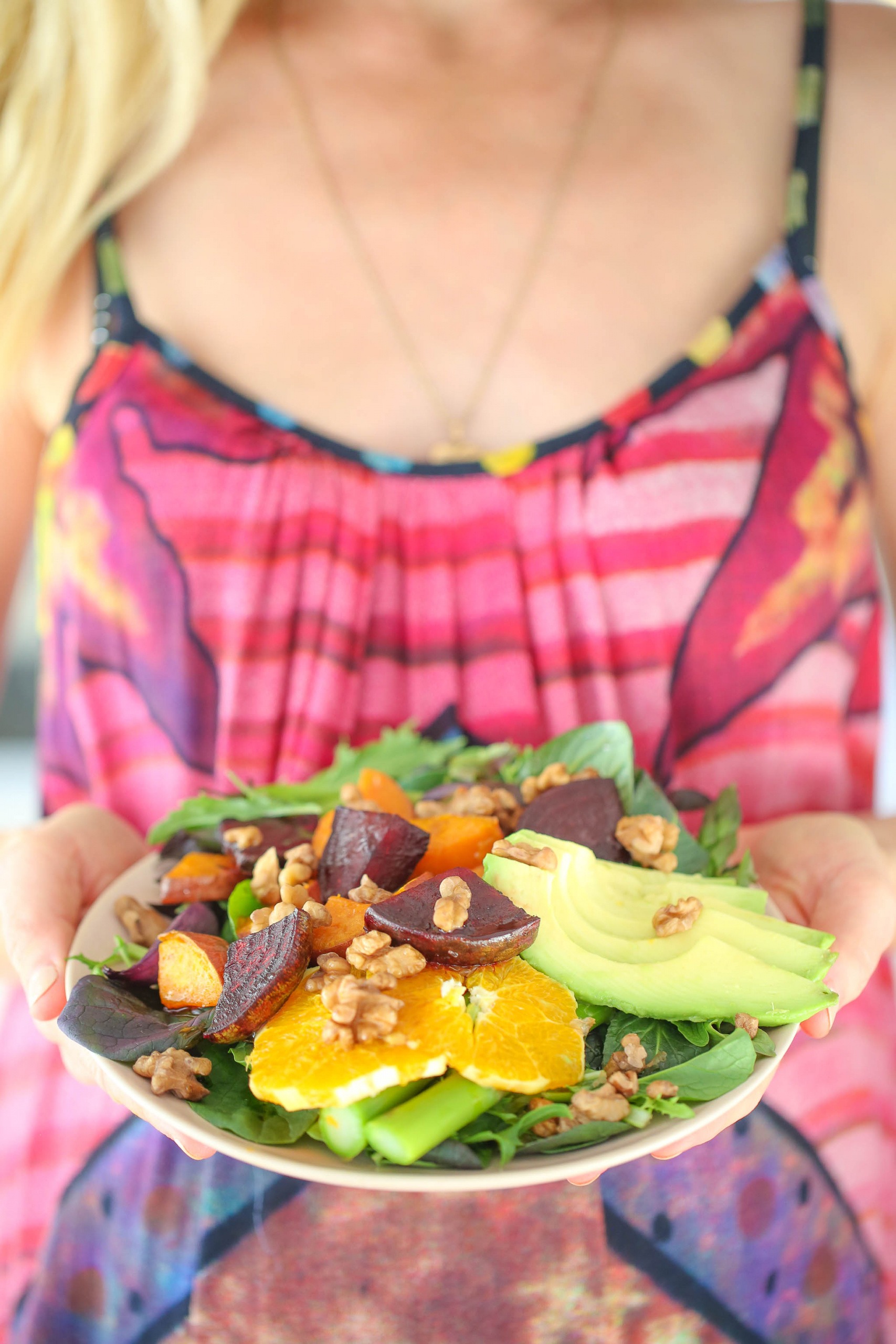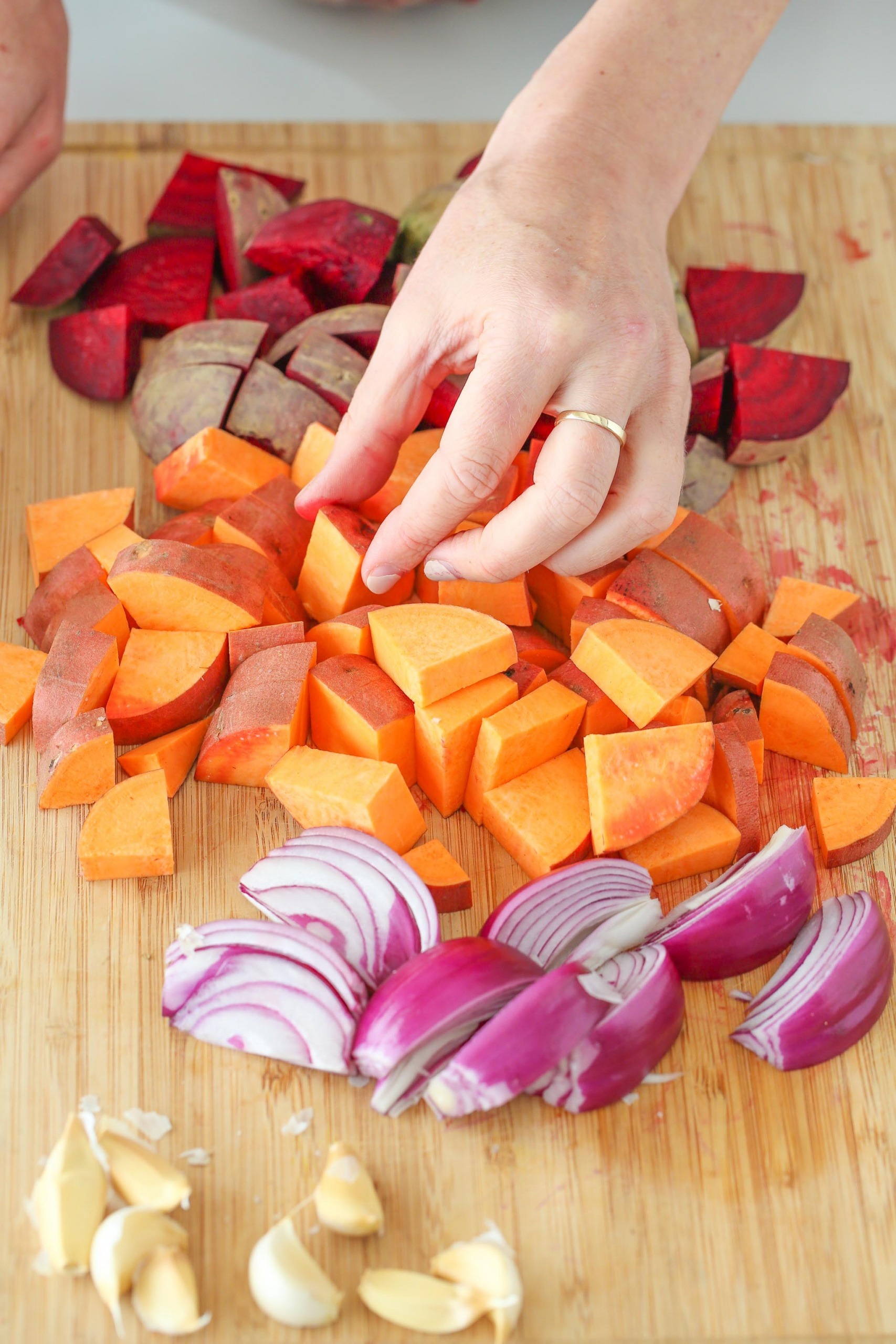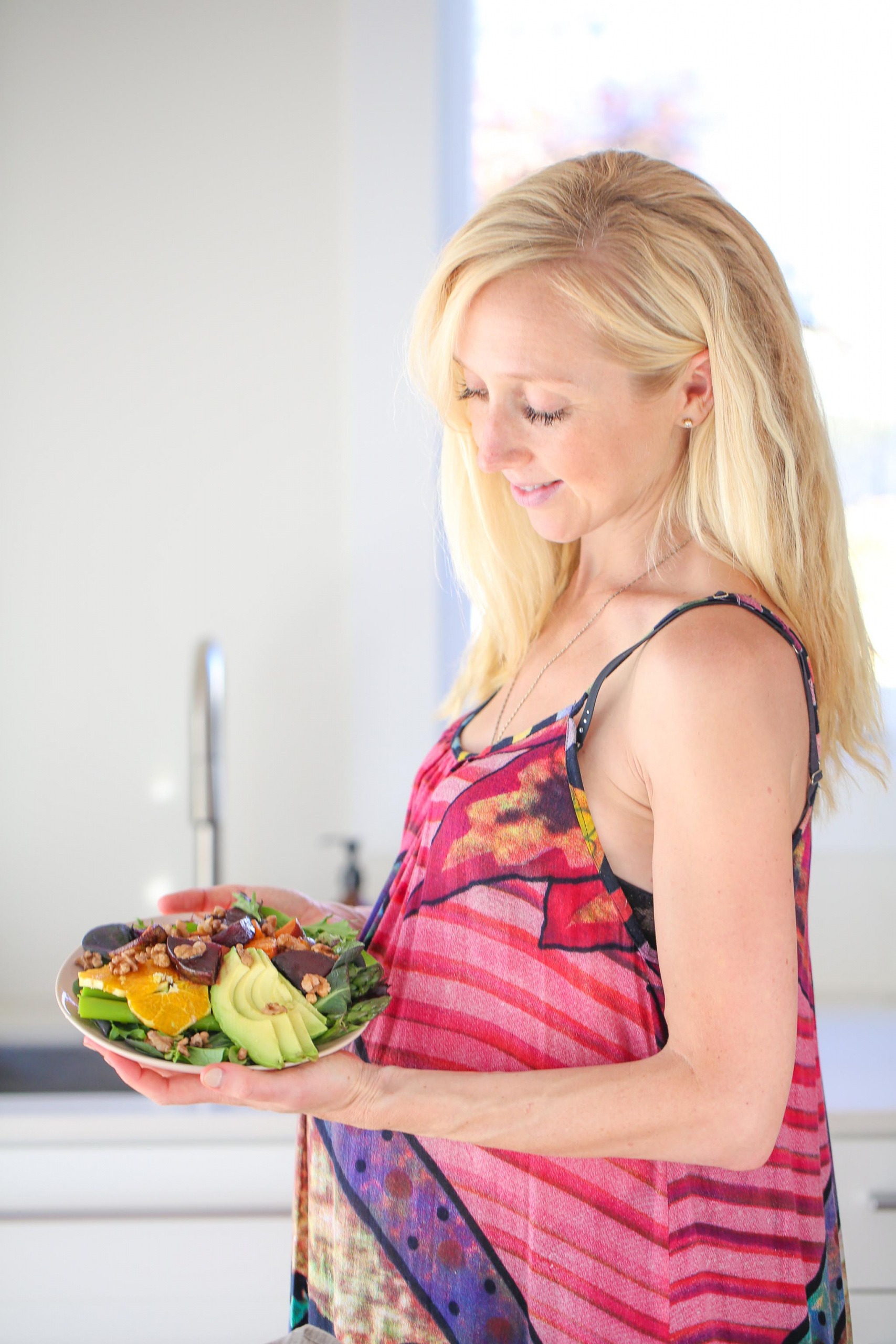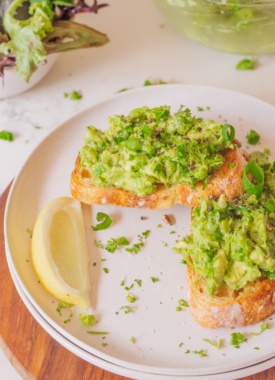Coming to you from D-Day + 1! That’s right, due date was yesterday, so we’re now floating in that surreal ‘space between’. When all the waiting’s over, but then you have no real idea when the bub is going to arrive.
We had this last time too, Mila was 11 days over, and then induced. I didn’t have the best experience; hard and fast contractions right from the get go, a minute apart, with me vomiting in between every one from the oxygen (which I started taking to help with the pain). 3 hours later, and they measured me to confirm that “sorry, you’re not even 1 cm dilated yet – most other women would be on the couch watching videos right now”… Body shaking, and about to faint, I begged for the epidural, but even then it was a struggle to get it in with me holding still between contractions. So it only worked on one side (which was heavenly compared to prior). 9 hours later, Mila finally arrived, with a little forceps help and an episiotomy, but we were just grateful to have a healthy happy baby in our arms!
This time I’m hoping to avoid induction, and have been using everything under the sun since Saturday to help bring on labour. But a surprise scan on Monday revealed low blood flow to the head, and another today, so an induction is still very much on the cards. Time will tell, and by next week, I’m sure you’ll hear an update from me either way!
Meanwhile, I’ve been devouring and delighting in all the glorious spring produce which is coming our way. That’s right, it’s officially October! Spring, beautiful spring. So the other day, I flew past our local Countdown supermarket and grabbed a hotchpotch of seasonal items that looked both fresh, and affordable. Home we came, not sure what was going to eventuate, then 30 minutes later – this beautiful bounty of salad was in front of us.

What to call it, I asked my girls? (when I refer to my ‘girls’, I’m lovingly referring to my fabulous team of gals who work with me on Be Good Organics). Beet salad? Roast kumara rumble? Avo, orange, asparagus, and walnut fricassee? Because of course all of those ingredients are in this little number! And oh my, do they work together perfectly.

Yes, this glorious rainbow plate is…
• Hearty and comforting thanks to the roast beet and kumara;
• Light and luscious, from the steamed asparagus and orange;
• Creamy and filling, given a hearty dose of avo on the side;
• Crunchy and moreish, from the activated walnuts; and
• As a result, we’ve christened as the Spring Harvest Salad!
I hope you’ll give this glorious combo a go. It really showcases everything that’s incredible about in-season, NZ grown produce!

Eating with the seasons
I’ve spoken about the benefits of eating seasonally many times before (it always seems to come to mind when the seasons change!). But here are some of my favourite reasons why…
- It’s more affordable – when farmers grow more of a product, naturally they’re able to sell it for lower prices! That’s why your toms are $4/kg in summer, then $14/kg on the other side of the year… Buying seasonally means you keep your shopping bill as low as possible.
- It’s better for your body – fruit and veg ripened on the plant, in the season and location where it naturally grows, has been shown to have higher levels of nutrients than those which are hot housed / picked unripe and held in cool houses (for example check out this study on tomatoes here). It also means your produce is less likely to have been sprayed with as many pesticides, as it hasn’t needed encouragement to grow out of season, or hold its shelf life until it gets to the store. Naturopathic health professionals also believe that eating seasonally works better for our bodies – that’s why we crave roast kumara, potatoes, and cauliflower soups in winter; while in summer we feel like fresh salads, berries, and those tomatoes!
- It’s more varied – eating with the seasons means you DON’T always put tomatoes, broccoli, and apples in your shopping cart! I did this for the first ten years of my adult life, then realised there was actually such a thing as seasonality, and there were amazing benefits for your health, farmers, and your wallet. Now I skip the berries and toms in winter and spring, and instead opt for those gorgeous hearty root veggies and citrus instead.
- It’s local – eating with the seasons means you’re less likely to be buying berries from Chile, mango from Peru, bananas from Equador, and apples from Australia. Which means less food miles, reducing your impact on our environment in terms of emissions and global warming. It also means you’re supporting local kiwi businesses and families, and that’s nothing but awesome!
- It’s fresher – in-season produce hasn’t had to sit in cool houses for months after harvest, before its needed at the store. So it’s fresher, which again means higher levels of nutrients for your and your family’s bods!

We’re lucky to have a Countdown supermarket super close to where we live, so we can literally walk 10 minutes and grab any fresh produce that we need. I like buying my fruit and veg around twice weekly, as it’s fresher, which means tastier for your tum. If that doesn’t work for you though, once a week is great too. When you buy your fruit and veges, I recommended throwing the whole lot in your kitchen sink with some warm water, and a dash of white / apple cider vinegar or squeeze of lemon juice, giving it a rub down, then letting it soak. This will remove any excess dirt, bugs, and other 4 legged friends, as well as washing off any sprays that may have been used on them. Although, try to pick organic fruit and veg whenever you can!

If you want to find out more on what fruit and veg is in season as you go through the year, check out this website here. Or, do what I do and use your eyes! On the bottom of every produce sign, there’ll be a note as to the country it’s from. If it’s not NZ, try move on to an alternative! It’s actually quite fun, challenging yourself to doing this, and ONLY picking up produce that has NZ below it. Give it a go, let me know what you think! Who knows, you may even end up with a glorious salad like this one…

If you make this gorgeous Spring Harvest Salad, let me know! Leave me a comment below, or share your pretty pics over on Insta and tag me with @begoodorganics and #begoodorganics. I’d love to hear what you think of this deliciously seasonal combo!
Til next week, stay happy and well.

PS If you like this recipe, I’d love you to pin it on Pinterest, share it on Facebook, post your recreation on Instagram (tag me @begoodorganics and #begoodorganics), or share it with your family and friends. Also, if you’re not already subscribed to my weekly recipe emails, be sure to do that here, and don’t miss my next recipe video by signing up to our YouTube channel here. If you’re interested in one-on-one advice, I see a number of clients for Naturopathic and Nutrition consultations each week, either in person or via Skype – you can find more information on those here. Plus – have you been to one of my essential oil workshops yet? If not book yourself in here!
PPS FB fan – if you love my recipes and emails, I’d love you to leave me a review so others can find me too! You can do that on FB here.

Please note – if you are wanting to meet any of the specific dietary requirements below, please read my recipe notes.









Ingredients
- 8 c mesclun
- 3 beets
- 2 large kumara
- 2 red onion
- 8 cloves garlic
- 1 tbsp olive oil
- ½ tsp sea salt
- 1 bunch asparagus
- 2 oranges
- 2 avocados
Balsamic dressing
- 4 tbsp cold-pressed olive oil
- 2 tbsp balsamic
- ½ tsp coconut nectar or other liquid sweetener
- ¼ tsp sea salt
To top
- 1 tbsp dressing per serve
- 2 tbsp activated or lightly toasted walnuts per serve
Instructions
- Dice the kumura, red onion, and beetroot. Lay on a tray with the garlic cloves and drizzle with olive oil and sea salt. Wrap the beetroot in foil to stop it from drying out.
- Roast the veges on 200°C for 20 minutes. Remove the kumura, onion and garlic and let the beets roast for a futher 10 minutes.
- Meanwhile, steam the asparagus until softened. Cut the oranges and avocados into thin slices.
- Add dressing ingredients to a small bowl and stir with a fork until combined.
- Layer salad, starting with the mesclun. Add the roast vege, asparagus, orange slices and avocado. Drizzle with dressing and top with walnuts.





